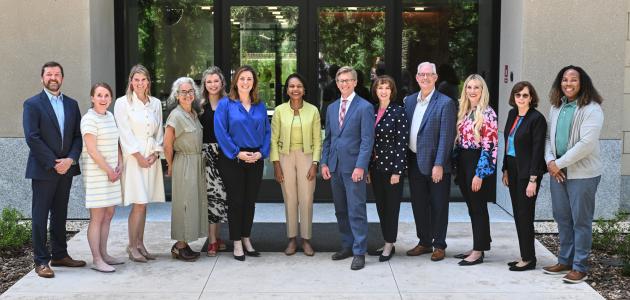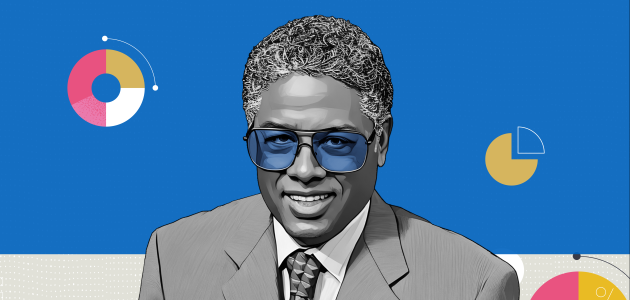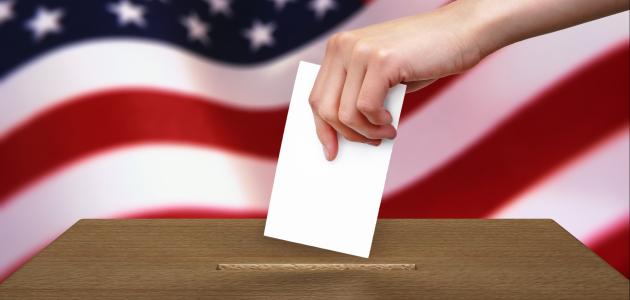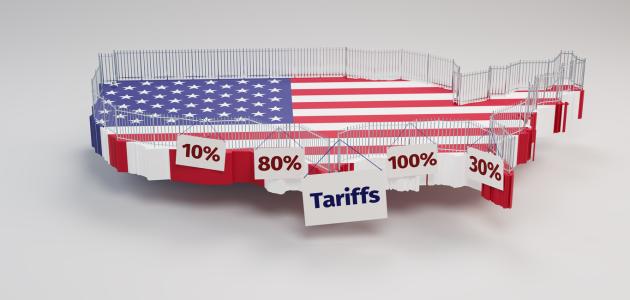By Erik Erlandson
Today, the American executive branch wields enormous control over the shape of federal economic regulation. This influence is centralized in an executive agency called the Office of Information and Regulatory Affairs (OIRA), which was created in 1980 to review (and often revise) the hundreds of new rules that had poured out of Washington in the preceding two decades. Every subsequent president—from Ronald Reagan to Barack Obama—has made use of the office to help implement their domestic agenda. The gatekeepers at OIRA, often referred to as an administration’s regulation or deregulation “czars,” have secured a critical role ensuring that rules for the private sector reflect presidential policy.
My dissertation, “Regulator-In-Chief: How the Executive Branch Took Control of the State in Postwar America,” examines the political, legal, and economic developments that led to the White House becoming head overseer of regulatory policy. It uncovers the first attempts by executive offices to affect bureaucratic decision-making, and shows how and why these new uses of executive power were legally ratified and politically institutionalized on the eve of the Reagan Revolution.
I came to Hoover to look at the collections of James C. Miller, an economist trained at the University of Virginia (my home institution), who became OIRA’s first director in 1981. During his time at OIRA Miller was a crucial contributor to the Reagan Administration’s “Task Force on Regulatory Relief,” a team of economists, lawyers, and administrators that permanently transformed the practice of American regulatory governance. Miller’s papers were especially rich in this regard. I found materials that greatly enhanced my understanding of the office, its operations, agenda, and more. I also felt privileged to be the first researcher to go through the collection systematically—a feat that was aided greatly by the generosity of the library’s team.
My thanks go out to the entire Hoover staff for helping make the last two weeks such a fruitful visit. Carol Leadenham, David Sun, Jean Cannon, and others were always available, friendly, and helpful when I needed assistance. My final days at the library, in fact, were spent browsing collections that I hadn’t planned on consulting prior to my arrival, but that staff recommended suited my research interests. I would do no good to look beyond the dissertation I have yet to complete, but I can say with confidence that Hoover librarians helped point me to projects I can return to in the future.
It was an honor receiving the Silas Palmer Fellowship, and I look forward to my next visit to beautiful Palo Alto.



















